Home>Garden Essentials>How To Begin Indoor Gardening
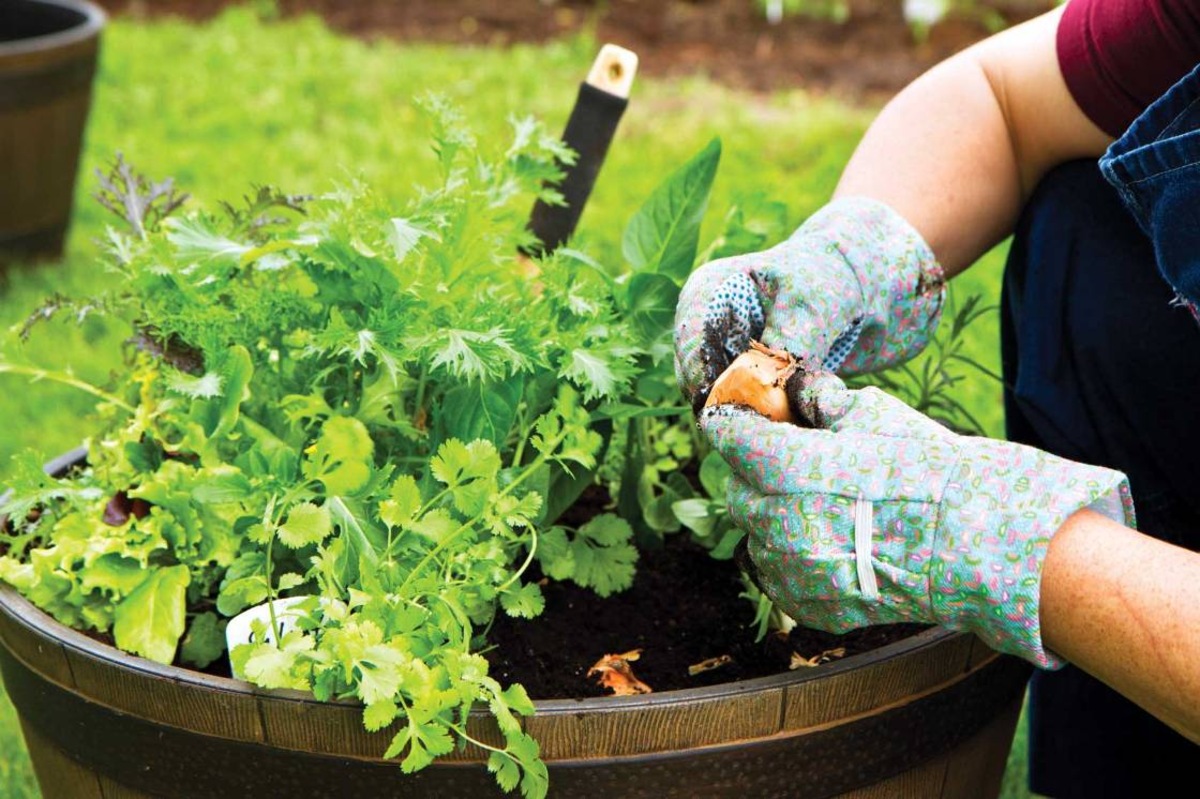

Garden Essentials
How To Begin Indoor Gardening
Modified: January 5, 2024
Learn how to create a thriving indoor garden with our informative articles. Discover expert tips and techniques to cultivate a green oasis inside your home.
(Many of the links in this article redirect to a specific reviewed product. Your purchase of these products through affiliate links helps to generate commission for Storables.com, at no extra cost. Learn more)
Introduction
Welcome to the world of indoor gardening! If you’re looking to bring a touch of nature into your home or office, creating an indoor garden is the perfect solution. Not only does it add aesthetic appeal, but it also offers numerous health benefits and serves as a rewarding hobby.
Indoor gardening is the practice of growing plants indoors, typically in containers, without the need for a traditional outdoor garden space. It allows you to cultivate a wide variety of plants, ranging from vibrant flowers to fresh herbs and even small fruits and vegetables, all within the comfort of your own living space.
Whether you’re a seasoned gardener or just starting out, this article will guide you on how to create and maintain a thriving indoor garden. From selecting the right plants and providing proper light sources to dealing with common pests and diseases, we’ll cover everything you need to know to transform your indoor space into a green oasis.
Indoor gardening has become increasingly popular over the years, as it offers numerous benefits. Not only does it provide aesthetic enhancement to your home or office, but it also has several positive effects on your wellbeing:
- Air purification: Many indoor plants have the ability to remove toxins from the air, improving overall air quality and creating a healthier environment.
- Mental well-being: Being surrounded by plants has been shown to reduce stress, enhance mood, and increase productivity.
- Enhanced concentration and focus: Studies have shown that indoor plants can improve concentration and cognitive function, making them a great addition to workspaces and study areas.
- Aesthetically pleasing: Indoor gardens add beauty and visual appeal to any space, making them a delightful addition to your interior decor.
- Seasonal flexibility: With an indoor garden, you can grow and enjoy plants all year round, regardless of the outdoor weather conditions.
Now that you’re familiar with the benefits of indoor gardening, let’s dive into the details of creating your own indoor garden oasis. From choosing the right plants to maintaining optimal growing conditions, we’ll walk you through each step of the process to ensure your indoor garden thrives.
Key Takeaways:
- Indoor gardening offers numerous benefits, including air purification, mental well-being, and seasonal flexibility. By selecting the right plants and providing optimal growing conditions, you can create a thriving green oasis in your indoor space.
- Proper care, including adequate lighting, watering, pruning, and pest management, is essential for maintaining a healthy indoor garden. Harvesting and enjoying the bounties of your garden adds a rewarding dimension to the indoor gardening experience.
Read more: How To Grow Indoor Garden
Choosing the Right Plants
When it comes to indoor gardening, the first step is selecting the right plants that will thrive in the indoor environment. Not all plants are well-suited for growing indoors, as they have different light, temperature, and humidity requirements.
Before choosing your plants, consider the following factors:
- Light requirements: Determine the amount of natural light available in your indoor space. Some plants require direct sunlight, while others can thrive in low light conditions. This will help you choose plants that are compatible with your lighting situation.
- Space availability: Consider the size and layout of your indoor space. If you have limited space, choose plants that are compact or can be grown vertically, such as trailing vines or plants that can be hung from the ceiling.
- Climate preferences: Take into account the temperature and humidity levels of your indoor environment. Some plants prefer warmer temperatures, while others thrive in cooler conditions. Ensure that the plants you choose are suitable for the climate inside your home.
- Maintenance requirements: Consider the amount of time and effort you are willing to invest in caring for your indoor garden. Some plants require more frequent watering and grooming, while others are more low-maintenance.
Once you’ve considered these factors, you can start selecting the specific plants for your indoor garden. Here are a few popular options that are well-suited for indoor cultivation:
- Succulents: Known for their ability to thrive in dry conditions, succulents are a great choice for indoor gardening. They come in various shapes, sizes, and colors, and require minimal watering.
- Herbs: Growing your own herbs indoors is not only convenient but also a great way to add fresh flavors to your cooking. Popular options include basil, mint, rosemary, and parsley.
- Spider plants: Spider plants are excellent air purifiers and can adapt to a variety of lighting conditions. They feature arching leaves with green and white stripes, making them a visually appealing addition to your indoor garden.
- Pothos: Pothos is a trailing vine known for its ability to grow in low-light conditions. It has heart-shaped leaves in various shades of green, making it a popular choice for hanging planters.
- Peace lilies: With their lush, dark green foliage and white flowers, peace lilies add elegance to any indoor space. They thrive in moderate to low light conditions and are known for their air-purifying properties.
These are just a few examples of plants that can thrive indoors. Depending on your preferences and the specific conditions of your indoor space, there is a wide range of plants to choose from, including flowers, vegetables, and even small fruit plants.
It’s important to do some research on each plant’s care requirements, including watering frequency, ideal temperature range, and any specific fertilizing needs. This will ensure that you provide the appropriate care for your chosen plants, allowing them to thrive in your indoor garden.
By selecting the right plants for your indoor space, you can create a visually stunning and thriving indoor garden that will bring joy and beauty to your home or office.
Selecting a Suitable Indoor Space
Now that you’ve chosen the plants for your indoor garden, it’s time to consider where you will place them in your home or office. Selecting a suitable indoor space is crucial for the health and growth of your plants.
When choosing an indoor space, keep the following factors in mind:
- Light availability: Assess the natural light sources in your home or office. Most plants require adequate light to grow and thrive, so choose a space that receives sufficient sunlight or can accommodate artificial lighting.
- Temperature stability: Plants have specific temperature requirements, so select a space that maintains a stable temperature range. Avoid placing plants near drafty windows, heating/cooling vents, or appliances that emit heat.
- Air circulation: Good air circulation is important to prevent stagnant air and promote healthy plant growth. Ensure that the chosen space allows for some airflow, either through windows or by using fans.
- Space availability: Consider the size and layout of your chosen space. Make sure there is enough room for the plants to grow and expand their root systems. Plants should not be overcrowded, as this can lead to poor air circulation and increased risk of pests and diseases.
Here are some ideas for suitable indoor spaces for your plants:
- Windowsills: Placing plants on windowsills is a popular choice, as it provides them with direct natural light. However, be mindful of extreme temperature variations and protect the plants from hot or cold drafts.
- Shelves and tables: Use shelves or tables near windows to create space for your plants. This allows for better organization and ensures that each plant receives an adequate amount of light.
- Unused corners: Utilize any unused corners or nooks in your home or office to create a designated space for your indoor garden. Add some shelves or a plant stand to maximize the available space.
- Hanging planters: If floor or tabletop space is limited, consider hanging plants from the ceiling or wall-mounted hooks. This not only saves space but also adds visual interest to your indoor garden.
- Indoor plant stands: Invest in indoor plant stands of varying heights to display your plants in an organized and decorative manner. This allows you to optimize space and create a visually appealing arrangement.
Remember to regularly assess the chosen space to ensure that it still meets the requirements of your plants. If you notice that the lighting conditions or temperature are not optimal, consider moving the plants to a more suitable location.
Additionally, it’s important to keep in mind the aesthetic appeal of the chosen indoor space. Your indoor garden should harmonize with the overall décor of your home or office, enhancing the visual appeal of the space.
By selecting a suitable indoor space for your plants, you’ll provide them with the optimal growing conditions and ensure their long-term health and vitality.
Providing Adequate Light
Proper lighting is essential for the healthy growth and development of your indoor garden. Since most indoor environments don’t receive as much natural light as outdoor spaces, it’s important to provide adequate lighting to support your plants’ photosynthesis process.
Here are some tips for ensuring your indoor plants receive enough light:
- Assess natural light: Identify the areas in your indoor space that receive the most natural light. South-facing windows generally provide the brightest and most consistent light, followed by west and east-facing windows. North-facing windows tend to have lower light levels.
- Rotate your plants: If your plants are placed near a window, regularly rotate them to ensure all sides receive equal light exposure. This will prevent lopsided growth and encourage balanced development.
- Supplement with artificial lighting: If your indoor space doesn’t receive enough natural light to meet your plants’ requirements, consider using artificial lighting. LED grow lights are a popular choice, as they are energy-efficient and can be adjusted to provide the ideal light spectrum for plant growth.
- Provide the right duration: Most plants need a minimum of six to eight hours of light per day. Consider using a timer to ensure your plants receive consistent and appropriate light duration. This will mimic natural daylight cycles and promote healthy growth.
- Monitor light intensity: Different plants have varying light intensity requirements. Monitor your plants for signs of too much or too little light. If the leaves are pale or yellowing, it may indicate insufficient light. If the leaves appear scorched or have brown patches, it may indicate excessive light.
- Adjust light distance: When using artificial lighting, pay attention to the recommended distance between the light source and your plants. Too close can cause heat damage, while too far can result in weakened light intensity. Follow the manufacturer’s guidelines for optimal results.
Remember that each plant has its own specific light requirements, so it’s essential to research and understand the needs of the plants in your indoor garden. Some plants, like succulents or cacti, thrive in bright, direct sunlight, while others, like ferns or snake plants, prefer indirect or filtered light.
If you’re unsure about the light requirements of your plants, observe their behavior and make adjustments accordingly. For example, if a plant is stretching towards the light source or becoming leggy, it may indicate insufficient light. In such cases, you may need to move the plant to a brighter location or provide additional artificial lighting.
By providing adequate and appropriate lighting for your indoor garden, you’ll ensure that your plants receive the energy they need to grow and thrive, resulting in healthy and vibrant foliage that will enhance the beauty of your indoor space.
Watering and Moisture Control
Proper watering and moisture control are vital factors in maintaining a healthy indoor garden. While giving your plants the right amount of water is essential, overwatering or underwatering can lead to detrimental effects on their growth and overall well-being. Understanding the watering needs of your plants and implementing effective moisture control techniques will help ensure their long-term success.
Here are some guidelines for watering and moisture control in your indoor garden:
- Establish a watering schedule: Research the specific watering requirements of each plant in your indoor garden. Factors such as plant species, pot size, and environmental conditions can influence the frequency of watering. Create a watering schedule based on these factors to maintain consistent moisture levels.
- Check soil moisture: Before watering, check the moisture levels in the soil. Stick your finger about an inch deep into the soil to assess if it is dry or moist. Avoid guessing the watering needs based on the surface appearance, as it can be misleading.
- Water thoroughly: When watering your plants, ensure that the water permeates the soil and reaches the roots. Water until you see it draining out of the drainage holes at the bottom of the pot. This ensures proper hydration and eliminates the risk of waterlogged soil.
- Avoid overwatering: Overwatering is a common mistake that can lead to root rot and other plant diseases. Be cautious not to water your plants too frequently or in excessive amounts. Allow the soil to dry out slightly between waterings, as this helps prevent moisture-related issues.
- Consider the climate: Environmental factors such as temperature, humidity, and air circulation can affect the watering needs of your plants. In drier climates, you may need to water more frequently, whereas in humid environments, less frequent watering might be required.
- Use the right watering technique: Different plants have varying watering requirements. Some prefer bottom watering, where you place the pot in a tray of water and allow the plant to soak up the moisture from the bottom. Others may benefit from misting or using a watering can with a narrow spout to provide a controlled water flow.
- Implement moisture control techniques: To help maintain consistent moisture levels, you can use techniques such as adding mulch to the surface of the soil to slow down evaporation, using saucers under pots to catch excess water, and grouping plants with similar moisture requirements to create a microclimate.
Remember to regularly monitor your plants for signs of overwatering or underwatering. Wilting, yellowing leaves, or soil that is constantly soggy are indications of overwatering, while drooping leaves and dry soil are signs of underwatering. Adjust your watering routine accordingly to address these issues.
Overall, finding the right balance between watering and moisture control is crucial for the health and growth of your indoor garden. By understanding the specific needs of your plants and following proper watering practices, you’ll provide them with the optimal hydration they require to flourish and thrive.
Read more: How To Start An Indoor Garden
Container Selection and Soil
Choosing the right containers and soil for your indoor garden is essential for providing an ideal growing environment for your plants. The right combination of containers and soil will ensure proper root development, moisture retention, and adequate drainage. Here are some guidelines for selecting containers and soil:
- Container selection: Choose containers that have drainage holes at the bottom to allow excess water to escape. This prevents waterlogging and helps maintain the optimal moisture level for your plants. Avoid containers without drainage holes, as they can lead to root rot and other moisture-related issues.
- Pot size: The size of the pot depends on the growth habits of your plants. Choose a pot that provides enough space for the roots to develop and expand. Avoid using oversized pots, as they can cause soil to retain too much moisture. On the other hand, pots that are too small can lead to cramped roots and hinder plant growth.
- Material: Containers come in various materials, including plastic, ceramic, terracotta, and fabric. Each material has its pros and cons. Plastic containers are lightweight and retain moisture well, while terracotta containers are porous and allow for better airflow. Consider the specific needs of your plants when choosing the container material.
- Soil selection: Use high-quality potting soil specifically formulated for indoor plants. Avoid using garden soil, as it may not provide the necessary nutrients and drainage. Potting soil should be well-draining to prevent waterlogging, but also retain enough moisture for the plants. You can also mix in organic matter like compost or peat moss to improve soil structure and fertility.
- Soil pH: Different plants have different pH preferences, so it’s important to choose soil that matches the needs of your plants. Most indoor plants prefer slightly acidic to neutral soil. Conduct a soil pH test if necessary and make any necessary adjustments using soil amendments.
- Moisture retention: Indoor plants generally prefer soil that retains some moisture but also allows excess water to drain. Look for potting soil that has good water retention capabilities while still providing adequate drainage. This helps prevent waterlogging and root rot.
- Research plant-specific needs: Some plants have unique soil requirements. For example, succulents and cacti prefer well-draining soil, while moisture-loving plants like ferns and peace lilies thrive in slightly moist soil. Research the specific soil needs of your plants to ensure their optimal growth.
When potting your plants, ensure that you leave enough space between the top of the soil and the rim of the container to allow for proper watering and to prevent soil from overflowing. Additionally, be mindful of the weight of the containers, especially if you plan to hang or place them on delicate surfaces.
Regularly inspect the containers for any signs of wear or damage, such as cracks or molds. If necessary, replace the containers to ensure the health and stability of your plants.
By selecting appropriate containers and using the right soil, you’ll provide your indoor plants with the optimal growing conditions and support their overall health and development. Remember to regularly monitor the moisture levels in the soil and make adjustments as needed to maintain a healthy balance in your indoor garden.
When starting an indoor garden, choose the right location with good sunlight and proper ventilation to ensure healthy plant growth.
Fertilizing Your Indoor Garden
Fertilizing is an essential aspect of indoor gardening as it provides the necessary nutrients for plant growth and helps maintain their overall health and vitality. While potting soil provides some nutrients, they can become depleted over time, making regular fertilization necessary. Here are some guidelines for fertilizing your indoor garden:
- Choose the right fertilizer: There are various types of fertilizers available, including liquid, granular, and organic options. Select a fertilizer that is specifically formulated for indoor plants and meets the nutritional needs of your plant species.
- Understand nutrient requirements: Different plants have varying nutrient requirements. Research the specific needs of your plants, such as nitrogen (N), phosphorus (P), and potassium (K), as well as any secondary nutrients and trace elements they may require.
- Follow the instructions: Read the instructions on the fertilizer packaging carefully and follow the recommended dosage and frequency. Over-fertilizing can lead to nutrient imbalances and harm the plants, so it’s important to adhere to the instructions provided.
- Time fertilization appropriately: Fertilize your indoor plants during their active growing seasons, typically in spring and summer. Avoid fertilizing during the dormant period, as the plants’ nutrient requirements are reduced during this time.
- Apply fertilizer evenly: Distribute the fertilizer evenly across the soil surface to ensure that all plants receive adequate nutrients. Avoid direct contact between concentrated fertilizer and the plant’s stems or leaves, as it can cause burns or damage.
- Consider slow-release fertilizers: Slow-release fertilizers provide a gradual and continuous release of nutrients over an extended period. This can be particularly beneficial for busy indoor gardeners who may not have the time for frequent fertilization.
- Monitor plant response: Observe how your plants respond to the fertilizer. Watch for signs of nutrient deficiencies or excesses, such as yellowing leaves or stunted growth. Adjust your fertilization routine accordingly to meet their specific needs.
- Complement with organic fertilizers: Consider complementing synthetic fertilizers with organic options like compost or worm castings. Organic fertilizers can improve soil structure, enhance microbial activity, and provide a slow, steady release of nutrients.
- Don’t forget micronutrients: In addition to the primary macronutrients, plants also require a range of micronutrients such as iron, manganese, and zinc. Some fertilizers contain these micronutrients, but you can also use specific micronutrient supplements if necessary.
Remember that fertilization is not a one-size-fits-all approach. The nutritional needs of your indoor plants may vary based on factors such as plant species, growth stage, and environmental conditions. Regularly assess your plants’ health and adjust your fertilization routine as needed.
It’s also important to note that excessive fertilizer buildup in the soil can lead to salt accumulation, which can harm plant roots. To prevent this, periodically flush the soil with water to leach out any excess salts.
By providing your indoor garden with the right nutrients through proper fertilization, you’ll support healthy growth, vibrant foliage, and beautiful blooms, ensuring that your plants thrive in their indoor environment.
Maintaining Temperature and Humidity
Proper temperature and humidity levels are crucial for maintaining a healthy and thriving indoor garden. Different plants have specific temperature and humidity requirements, and providing the optimal conditions will promote their growth and overall well-being. Here are some tips for maintaining temperature and humidity in your indoor garden:
- Research plant-specific needs: Each plant has its own temperature and humidity preferences. Research the specific requirements of your plants to ensure that you provide them with suitable conditions. Tropical plants usually prefer higher humidity, while desert plants thrive in drier conditions.
- Monitor temperature: Keep a close eye on the temperature in your indoor space. Most indoor plants prefer temperatures between 65-75°F (18-24°C), although some plants may tolerate slightly cooler or warmer conditions. Avoid exposing your plants to drastic temperature fluctuations or extremes.
- Avoid drafts: Cold drafts or hot air from heating vents can stress your plants. Keep them away from drafts and maintain a stable temperature environment. If necessary, use curtains or blinds to regulate temperature near windows.
- Use indoor heaters or fans: In colder climates, you may need to use heaters to maintain a suitable temperature for your plants. Similarly, fans can help circulate air and prevent stagnant air pockets, which can lead to pest and disease issues.
- Humidity trays and pebble trays: Increase humidity levels around your plants by placing them on trays filled with water or pebbles. As the water evaporates, it raises the humidity in the immediate area. Just make sure the bottom of the pots doesn’t sit in water to avoid root rot.
- Mist plants: Some plants, especially those that prefer higher humidity, benefit from regular misting. Use a spray bottle filled with room temperature water to mist the leaves and create a humid microenvironment around the plant.
- Humidifiers and dehumidifiers: Depending on your climate and the needs of your plants, you may consider using a humidifier to raise humidity levels or a dehumidifier to lower humidity levels. These devices help create a controlled environment, especially during dry or humid periods.
- Group plants with similar needs: Cluster plants with similar temperature and humidity preferences together. Grouping plants creates a microclimate where they can benefit from each other’s moisture and humidity levels. This also helps maintain a more stable environment for your indoor garden.
- Monitor for stress signs: Keep an eye on your plants for signs of temperature or humidity stress. Drooping or wilted leaves, yellowing, or browning on the edges can indicate problems. Adjust the environment or provide extra care, such as misting or using a humidifier, to alleviate stress.
It’s important to note that different plants have different temperature and humidity requirements; therefore, it’s essential to consider their specific needs. Regularly monitor the temperature and humidity levels in your indoor garden to ensure that they remain within the optimal range.
By maintaining suitable temperature and humidity conditions, you’ll create a conducive environment for your plants to thrive and enjoy robust growth, resulting in lush foliage and beautiful blooms in your indoor garden.
Pruning and Trimming
Pruning and trimming are essential practices in maintaining the health, shape, and overall appearance of your indoor garden. Proper pruning helps promote growth, reduce disease risk, and create a more aesthetically pleasing and well-maintained indoor space. Here are some guidelines for pruning and trimming your indoor plants:
- Promote healthy growth: Regular pruning stimulates new growth by removing dead, damaged, or diseased plant tissue. It also encourages branching and can help shape and direct the growth of your plants.
- Choose the right tools: Use sharp, clean pruning shears or scissors specifically designed for plant pruning. Avoid using blunt or dirty tools, as they can damage the plant tissue and introduce pathogens.
- Know when to prune: Different plants have different pruning requirements, so research the specific needs of your plants. In general, pruning can be done throughout the year, but avoid pruning when the plant is flowering or during periods of active growth.
- Remove dead or yellowing leaves: Regularly remove dead or yellowing leaves as they provide a breeding ground for pests and diseases. This helps maintain the overall health and appearance of your plants.
- Control size and shape: Prune to control the size and shape of your plants. If they are getting too large or leggy, selectively trim back the branches to maintain a more compact and well-proportioned shape.
- Encourage branching: By selectively pruning the tips of branches, you can encourage the growth of lateral shoots, resulting in a fuller and bushier plant. This is particularly helpful for plants with long, trailing vines.
- Remove overcrowded growth: If your plants are becoming overcrowded or tangled, remove excess growth to improve airflow and reduce the risk of pests and diseases. This ensures that each plant receives adequate light and resources.
- Train vining plants: For vining plants, such as pothos or philodendrons, use supports like moss poles or trellises to guide their growth. Prune and train the vines to encourage upward growth and prevent them from becoming too leggy or top-heavy.
- Monitor for disease or pest infestation: Pruning helps in early detection and control of pest or disease problems. Regularly inspect your plants while pruning, and if you notice any signs of infestation or disease, remove the affected parts immediately.
When pruning or trimming, always make clean and angled cuts just above a leaf node or bud. Avoid leaving stubs or damaging the main stem. Additionally, it’s important to sanitize your pruning tools before and after each use to prevent the spread of pathogens.
Remember that different plants have different pruning needs, so it’s important to research and understand the requirements of your specific plant species. Pruning is a skill that improves with practice, so don’t be afraid to experiment and learn as you go.
By incorporating regular pruning and trimming into your indoor gardening routine, you’ll maintain the health, shape, and aesthetic appeal of your plants, creating a visually captivating and well-maintained indoor garden space.
Read more: How To Build An Indoor Garden
Dealing with Pests and Diseases
Pests and diseases can pose significant challenges to the health and well-being of your indoor garden. However, with proper vigilance and prompt action, you can prevent, identify, and treat these issues effectively. Here are some guidelines for dealing with pests and diseases in your indoor garden:
- Prevention is key: Implement preventive measures to minimize the risk of pest infestations and diseases. This includes regularly inspecting new plants before introducing them to your indoor garden, quarantining new plants for a few weeks to ensure they are pest-free, and maintaining proper hygiene in your gardening practices.
- Monitor regularly: Regularly inspect your plants for any signs of pest activity, such as chewed leaves, webbing, or yellowing spots. Look for abnormalities like wilting, discoloration, or fungal growth, which may indicate the presence of diseases. Early detection is crucial for effective pest and disease management.
- Natural pest control methods: Begin with using natural pest control methods before resorting to chemical pesticides. For example, you can manually remove pests by handpicking or using a spray bottle filled with a mixture of soapy water. You can also introduce natural predators, like ladybugs or predatory mites, to control pest populations.
- Isolate affected plants: If you notice pest or disease issues on a particular plant, isolate it from the rest of your indoor garden to prevent the problem from spreading to other plants. This also allows you to focus on treating the affected plant more effectively.
- Identify pests and diseases: Familiarize yourself with common pests and diseases that affect indoor plants. Learn to identify the specific symptoms caused by these pests and diseases, as it will help in determining the appropriate treatment or control measures.
- Treatment with organic or chemical solutions: If natural methods are not sufficient, consider using organic insecticidal soaps, horticultural oils, or organic fungicides to address pest and disease issues. Follow the instructions carefully, and use these solutions sparingly and as a last resort.
- Improve cultural practices: Healthy plants are less susceptible to pests and diseases. Ensure your plants receive adequate light, water, and proper nutrition. Avoid overwatering, as it can lead to root rot and create a favorable environment for disease development. Also, maintain good airflow and avoid overcrowding plants, as it reduces the risk of pest infestation.
- Seek professional help: In severe cases or if you’re unsure about identifying or treating the pests or diseases affecting your indoor garden, it’s best to seek assistance from a professional horticulturist or local gardening center. They can provide expert advice and recommend specific treatments.
Remember that prevention, early detection, and swift action are crucial in managing pests and diseases in your indoor garden. Regularly monitor your plants, maintain a clean and healthy growing environment, and address any issues promptly to ensure the long-term health and vitality of your indoor plants.
By implementing proper pest and disease management techniques, you can maintain a thriving indoor garden that is free from harmful pests and diseases, allowing your plants to flourish and thrive.
Harvesting and Enjoying Your Indoor Garden
One of the most rewarding aspects of indoor gardening is being able to harvest and enjoy the fruits of your labor. Whether it’s fresh herbs for culinary delights or beautiful blooms to adorn your home, harvesting from your indoor garden allows you to experience the joy of growing your own plants. Here are some tips for harvesting and enjoying the bounties of your indoor garden:
- Timing is crucial: Research the ideal harvesting time for each plant in your indoor garden. Harvesting too early or too late can impact the flavor, texture, or potency of your harvested produce. Pay attention to the signs of readiness, such as color change, firmness, or aroma.
- Use the right tools: Use clean, sharp scissors or pruning shears to harvest your plants. This ensures a clean cut and minimizes damage to the plant. Avoid pulling or tearing the plant, as this can lead to unnecessary stress.
- Harvest herbs correctly: For herbs, such as basil, parsley, or mint, harvest the leaves by pruning off sprigs or individual leaves. Frequent harvesting encourages new growth and keeps the plants productive. Avoid removing more than one-third of the plant at a time.
- Cut flowers properly: When harvesting flowers, such as roses or orchids, use clean and sharp shears to make a diagonal cut just above a leaf node or bud. This promotes new growth and keeps the plant healthy. Remove any damaged or wilted flowers to encourage continuous blooming.
- Store harvested produce correctly: For herbs, place them in a glass of water or wrap them loosely in a damp paper towel and store them in the refrigerator to maintain freshness. Flowers can be placed in a vase with water, and it’s recommended to change the water every few days to prolong their lifespan.
- Enjoy the flavors and aromas: Incorporate the harvested herbs into your culinary creations to enhance the flavors of your dishes. Experiment with different combinations and explore new recipes that showcase the unique tastes of your indoor-grown herbs.
- Arrange blooms beautifully: Use your harvested flowers to create stunning floral arrangements that add beauty and charm to your living space. Combine different colors, shapes, and textures to create visually appealing displays. Don’t be afraid to get creative and incorporate foliage or other decorative elements.
- Share the harvest: If you have an abundance of harvested produce, consider sharing them with friends, family, or neighbors. It’s a wonderful way to spread the joy of your indoor garden and build a sense of community.
- Document your journey: Capture the beauty of your indoor garden by taking photos or keeping a gardening journal. Documenting your progress allows you to look back and see the fruits of your labor, as well as learn from successes and challenges along the way.
Remember to continue caring for your indoor garden even after harvesting. Regular maintenance, including watering, fertilizing, and pruning, will ensure the long-term health and productivity of your plants.
By harvesting and enjoying the produce of your indoor garden, you’ll experience the satisfaction of nurturing your plants from seedlings to mature plants. Embrace the flavors, scents, and beauty that your indoor garden brings into your life, and let it bring you happiness and fulfillment.
Conclusion
Creating and maintaining an indoor garden is a rewarding and fulfilling experience. It allows you to bring nature indoors, beautify your living space, and enjoy the numerous health benefits of having plants around you. From choosing the right plants and providing adequate light to watering, pruning, and dealing with pests and diseases, each step in the process contributes to the success of your indoor garden.
Through careful selection of plants that thrive indoors, you can create a vibrant and diverse garden that suits your personal preferences and the conditions of your indoor space. Whether you choose to grow succulents, herbs, or flowering plants, understanding their specific needs and creating an environment that caters to those needs is essential for their health and growth.
Proper care and attention are crucial in maintaining your indoor garden. Monitor lighting conditions, temperature, and humidity levels to ensure they remain within the ideal ranges for your plants. Regularly water your plants, but be mindful of overwatering, as it can lead to root rot. Fertilize as needed to provide essential nutrients, and be prepared to prune and trim your plants to maintain their shape, health, and overall appearance.
Dealing with pests and diseases is an inevitable part of gardening, but with early detection and prompt action, you can effectively manage these challenges and protect the well-being of your plants. By implementing preventive measures, using natural pest control methods, and being proactive in monitoring the health of your plants, you can minimize the impact of pests and diseases on your indoor garden.
Lastly, the joy of indoor gardening comes full circle when you’re able to harvest and enjoy the fruits of your labor. From fresh herbs to beautiful blooms, relish in the flavors, scents, and visual appeal that your indoor garden brings to your life. Document your journey, share your harvest with others, and continue to nurture and care for your plants to ensure they thrive and delight you for years to come.
So, whether you’re a seasoned gardener or just starting out, embrace the possibilities of indoor gardening. Create an oasis of green within your home or office, and let the beauty and serenity of your indoor garden enrich your everyday life.
Frequently Asked Questions about How To Begin Indoor Gardening
Was this page helpful?
At Storables.com, we guarantee accurate and reliable information. Our content, validated by Expert Board Contributors, is crafted following stringent Editorial Policies. We're committed to providing you with well-researched, expert-backed insights for all your informational needs.
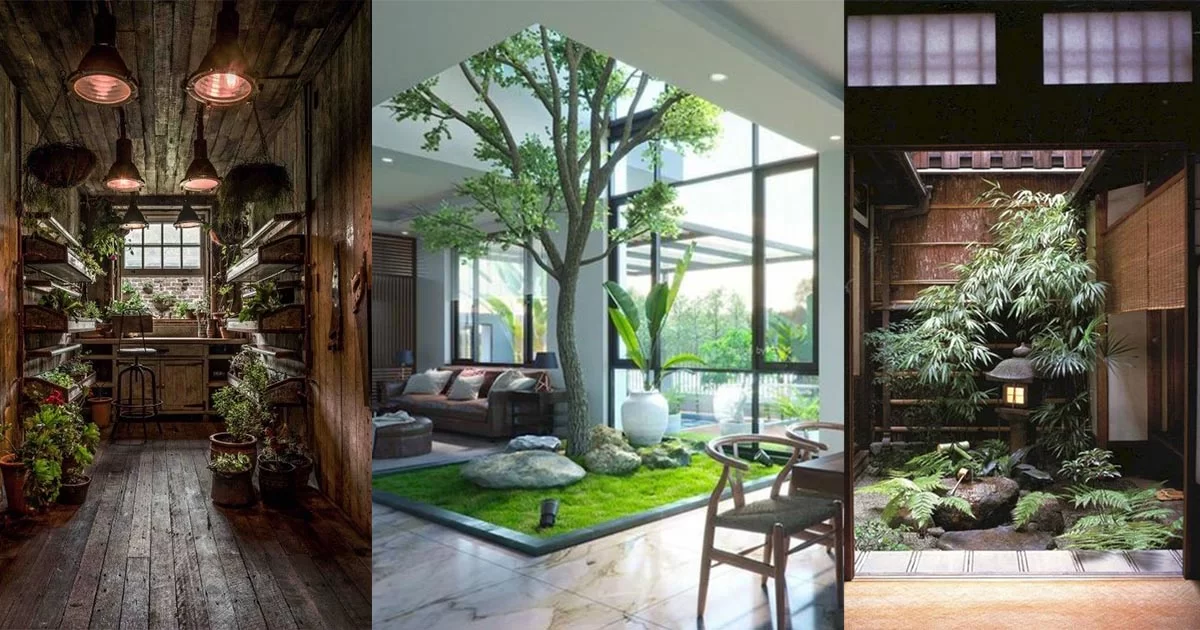
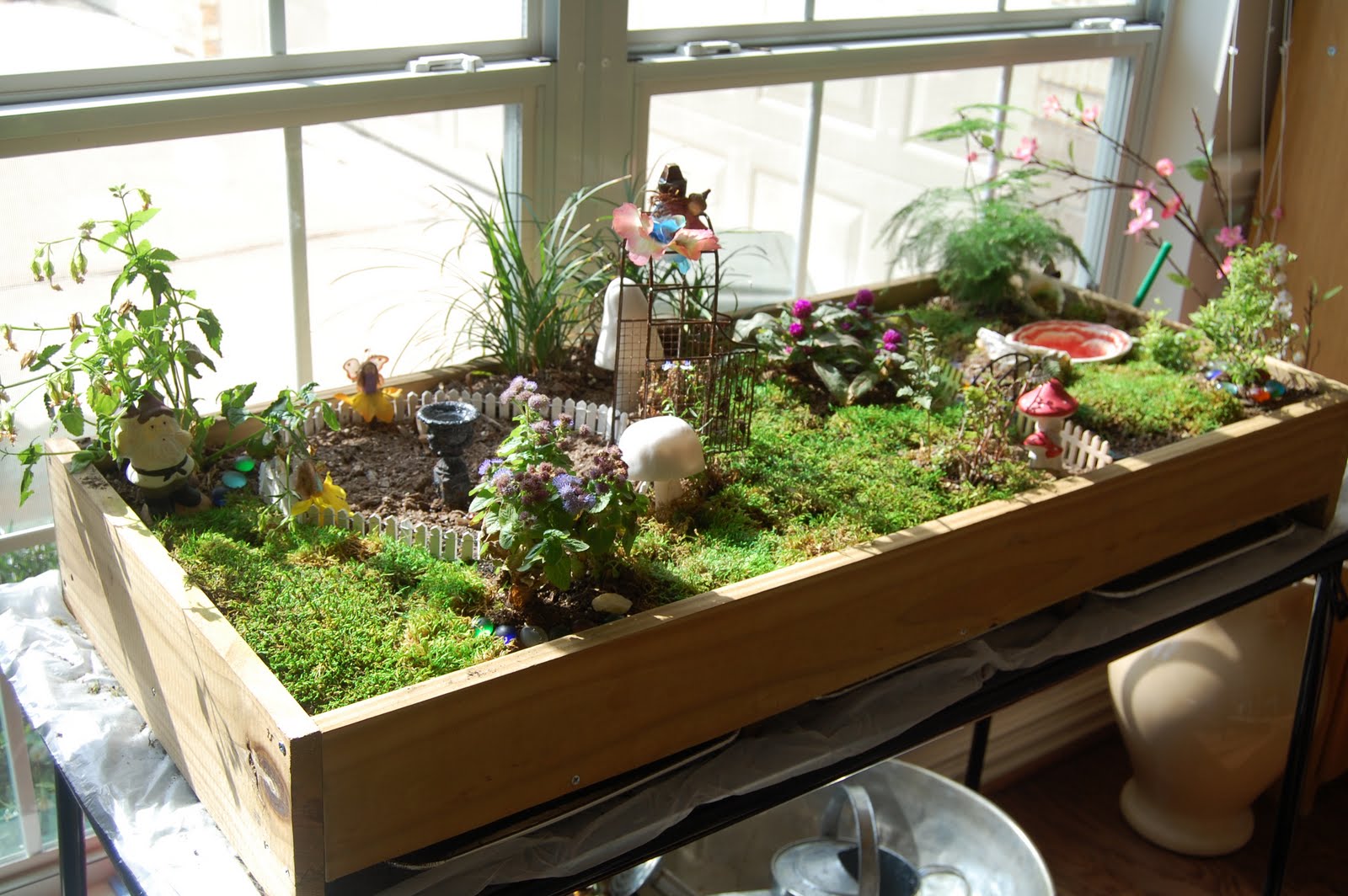
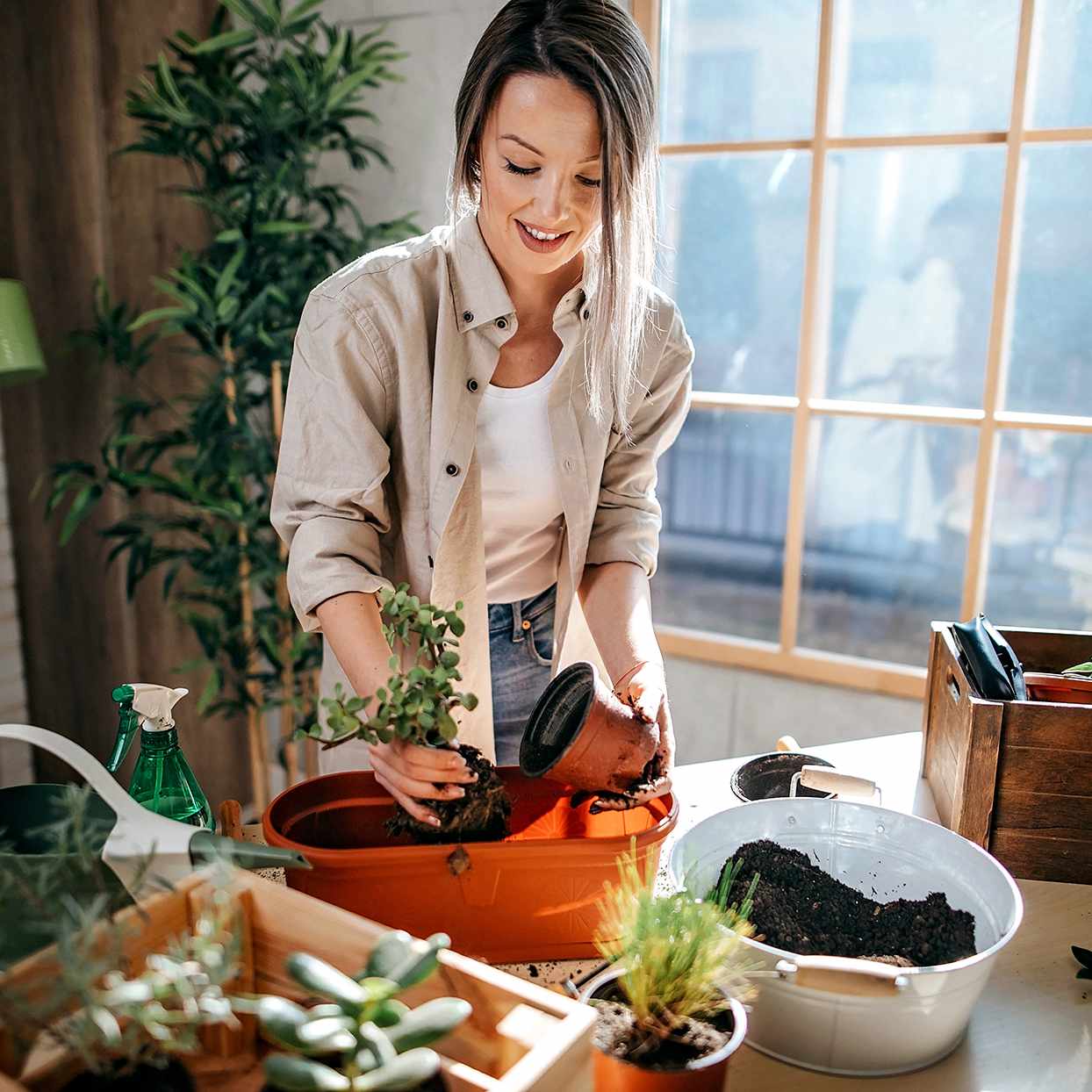
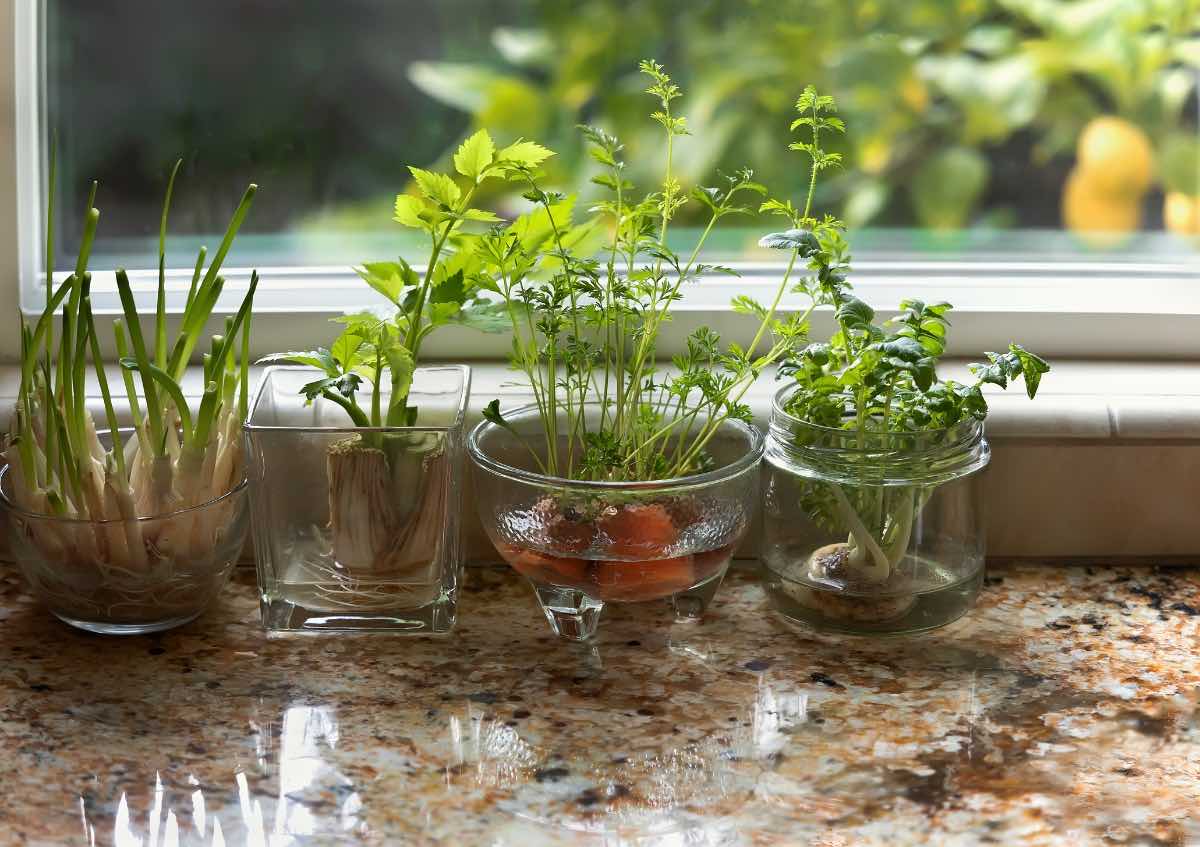
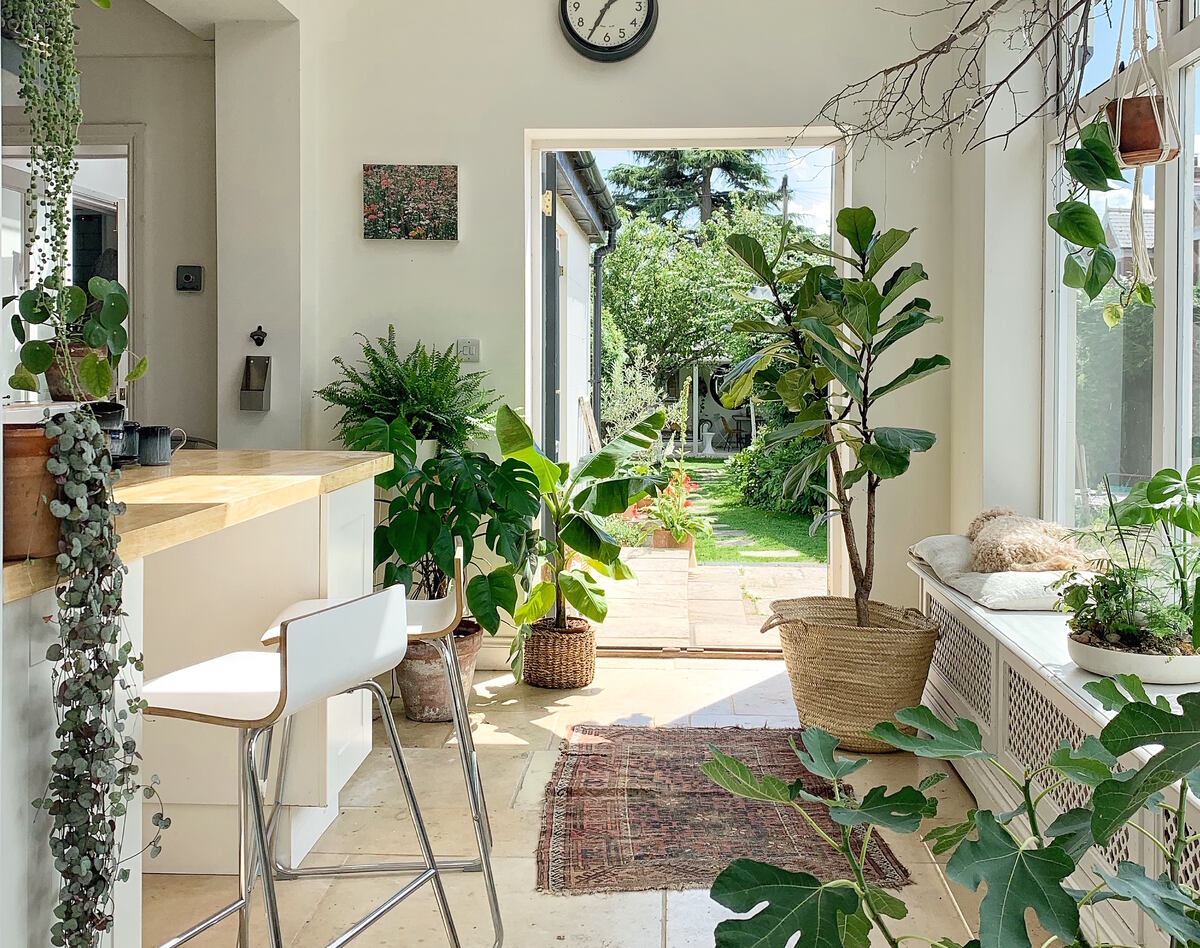
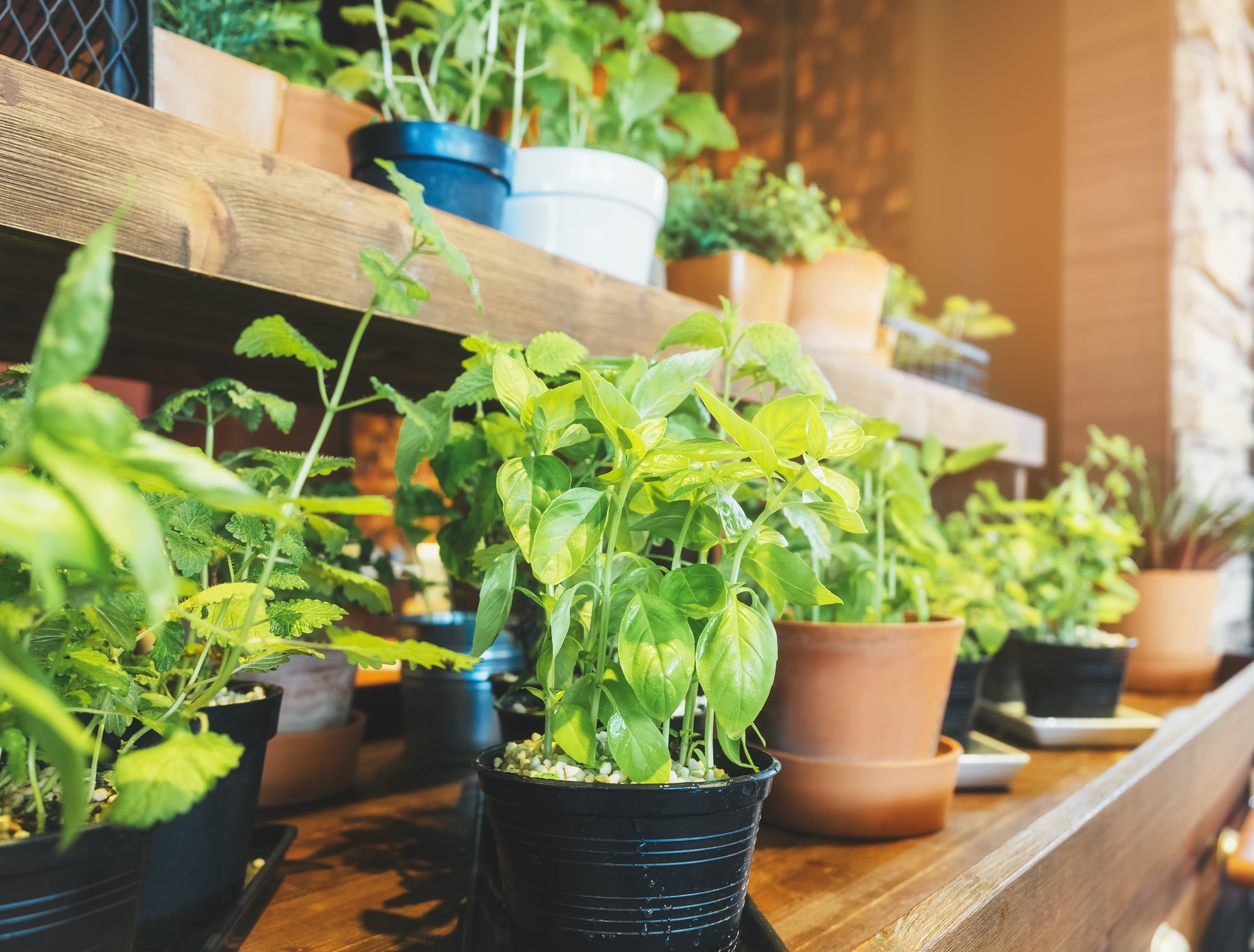
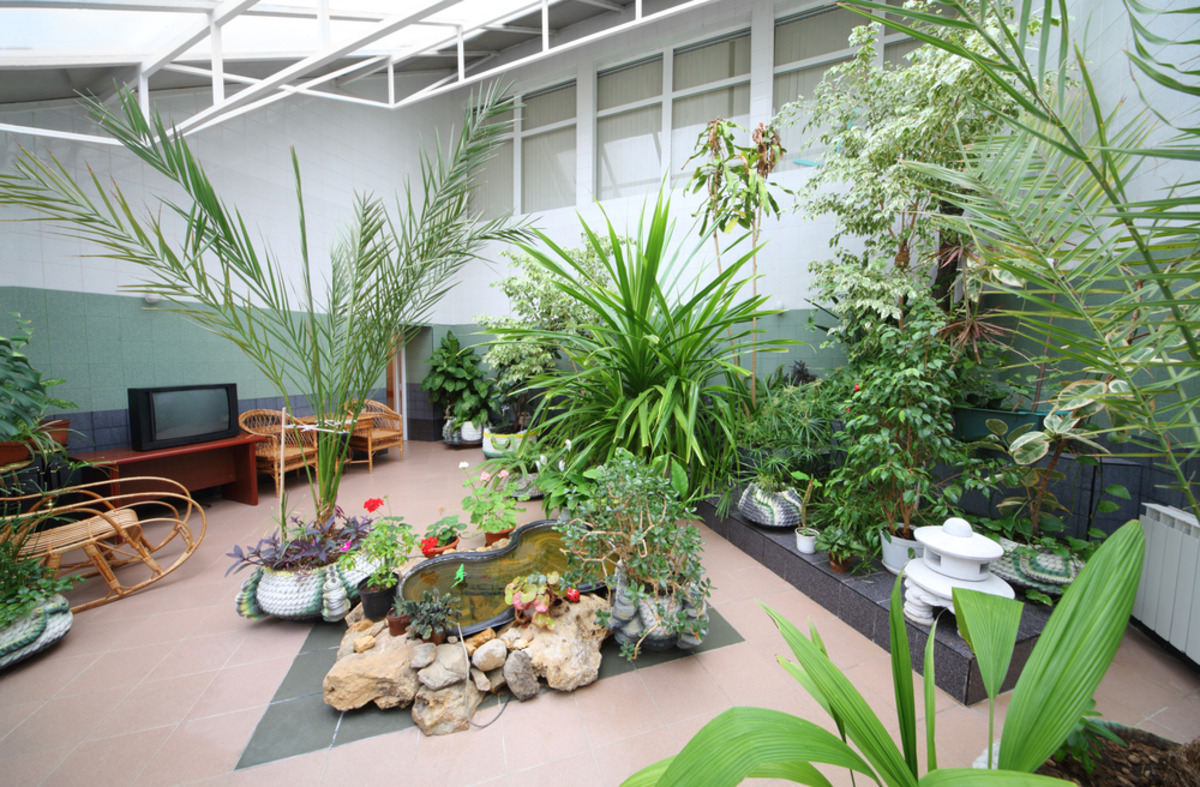
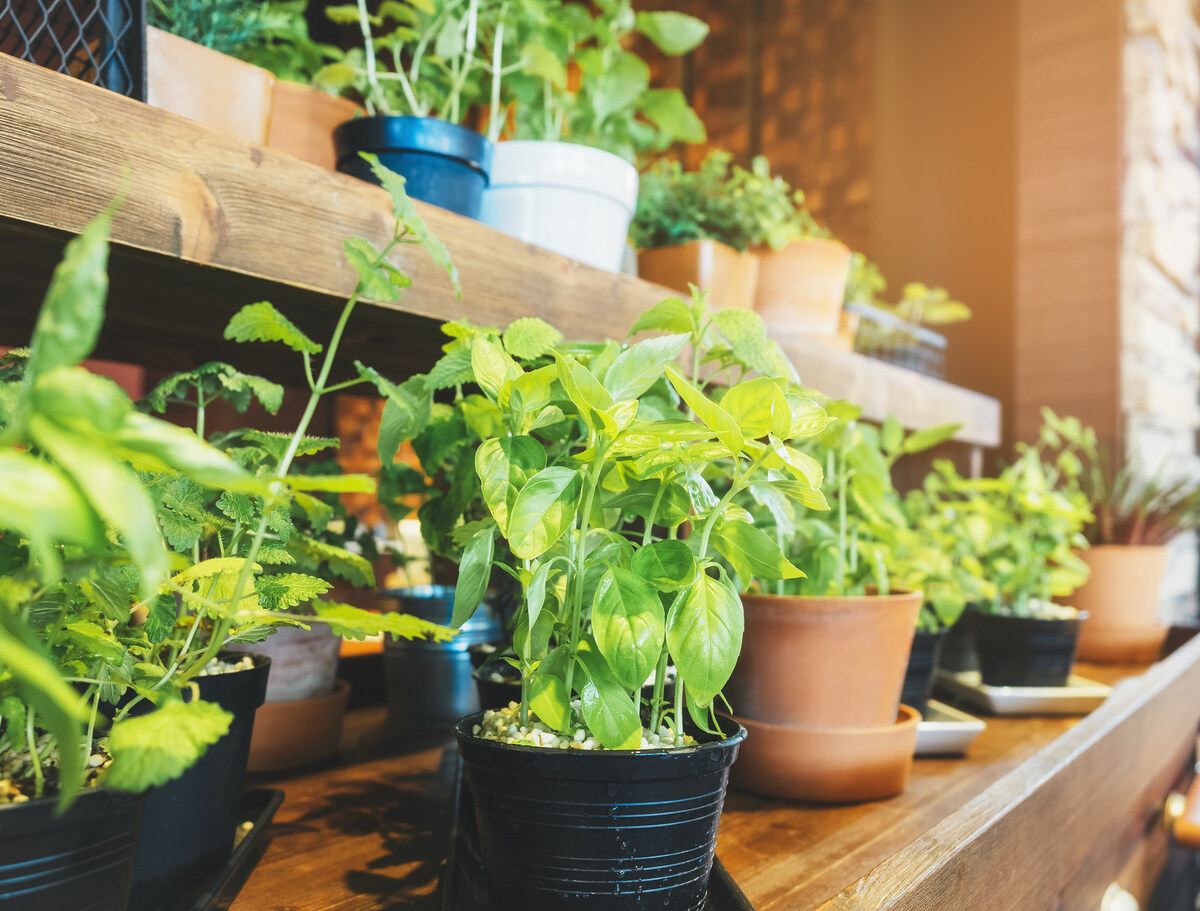
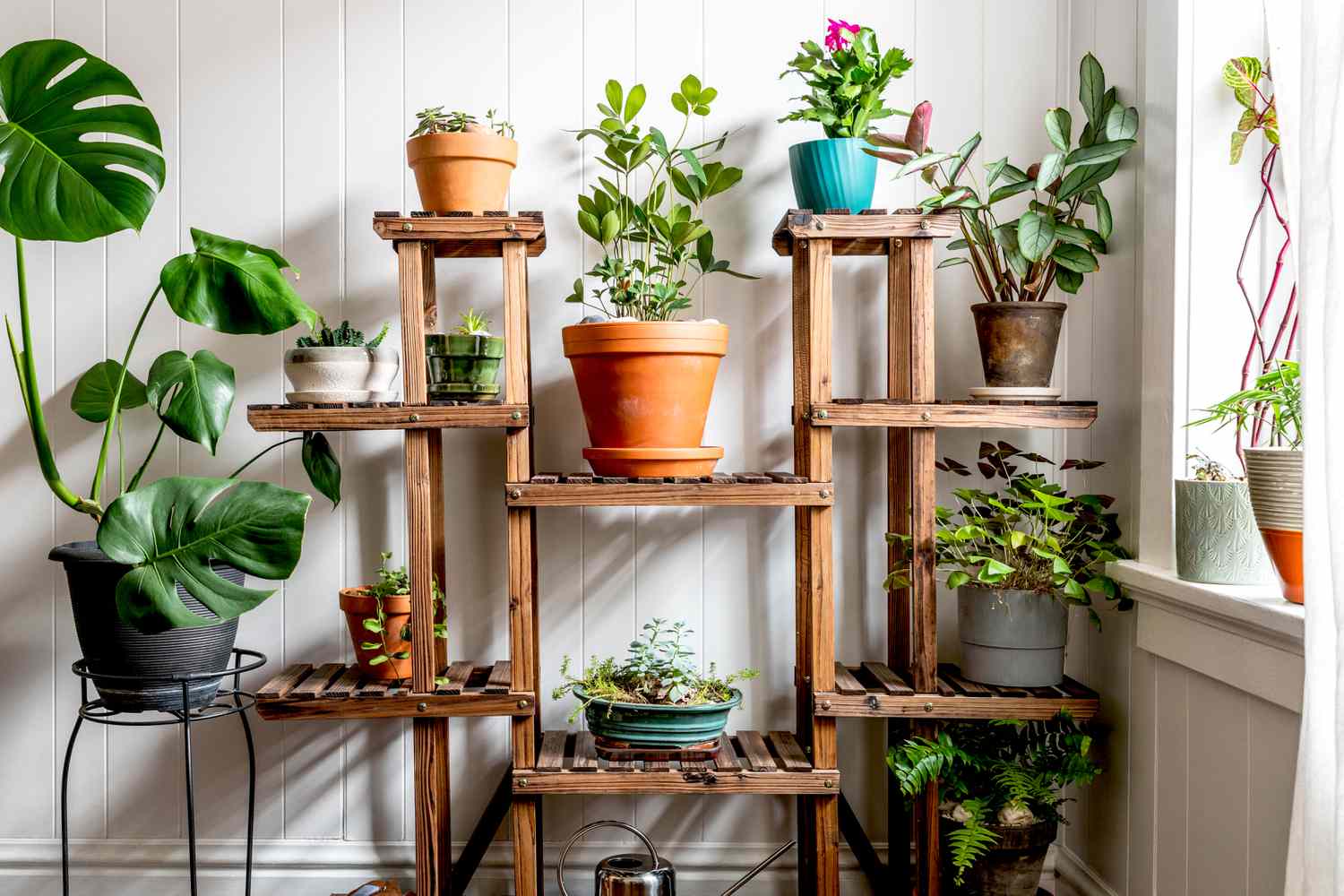
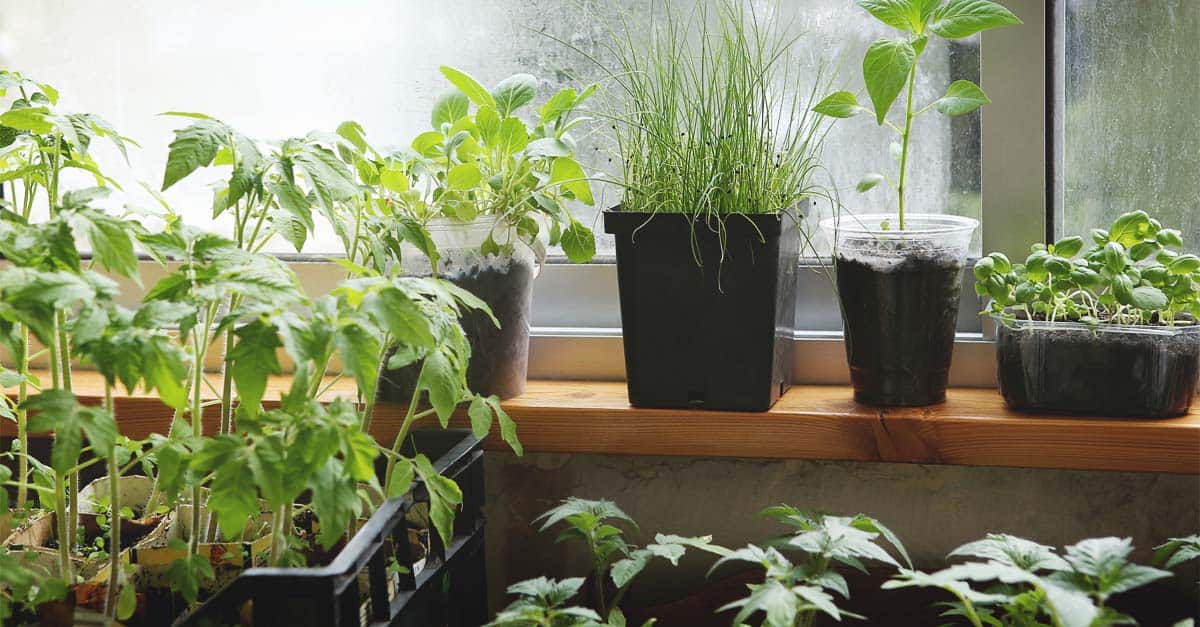
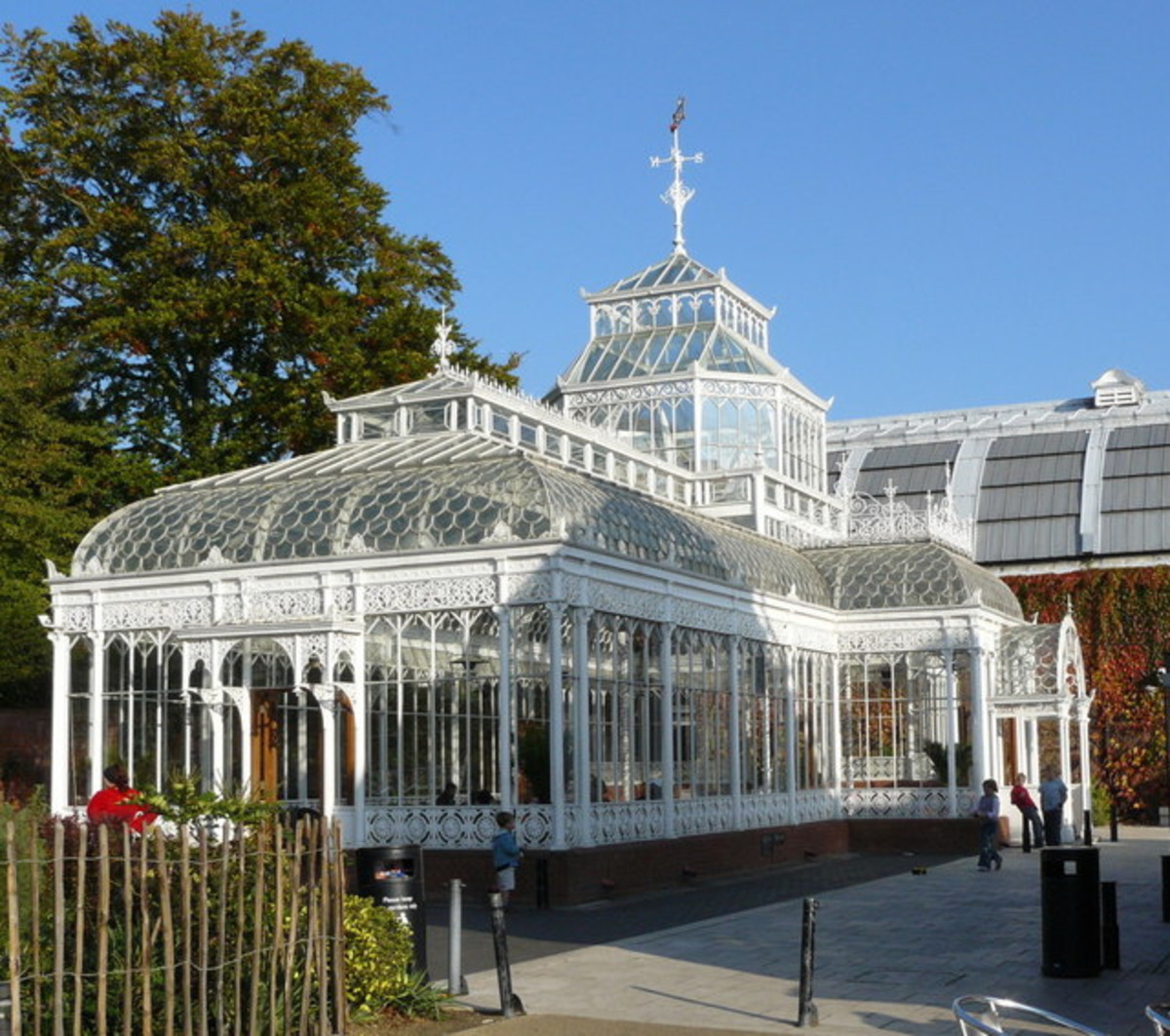
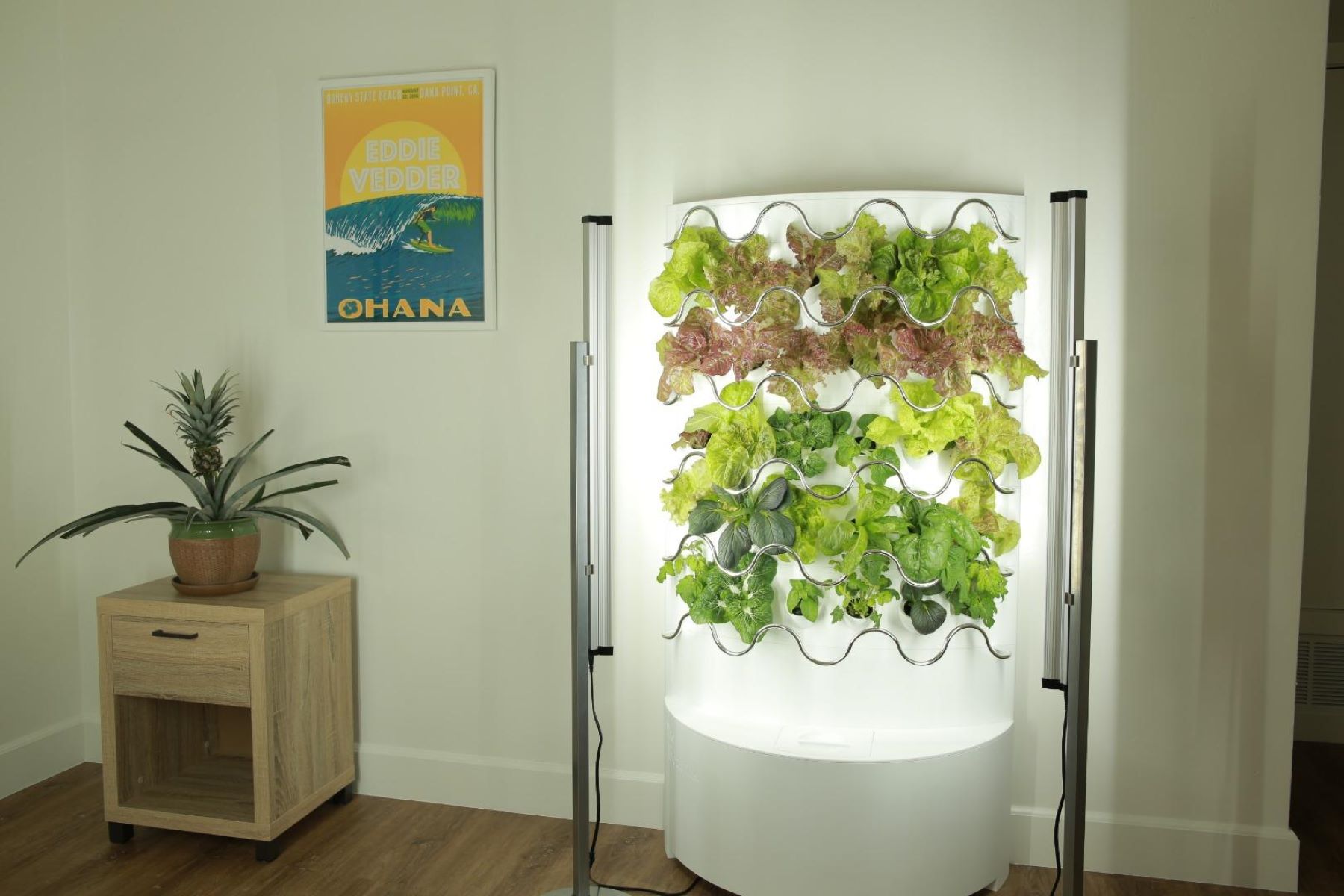
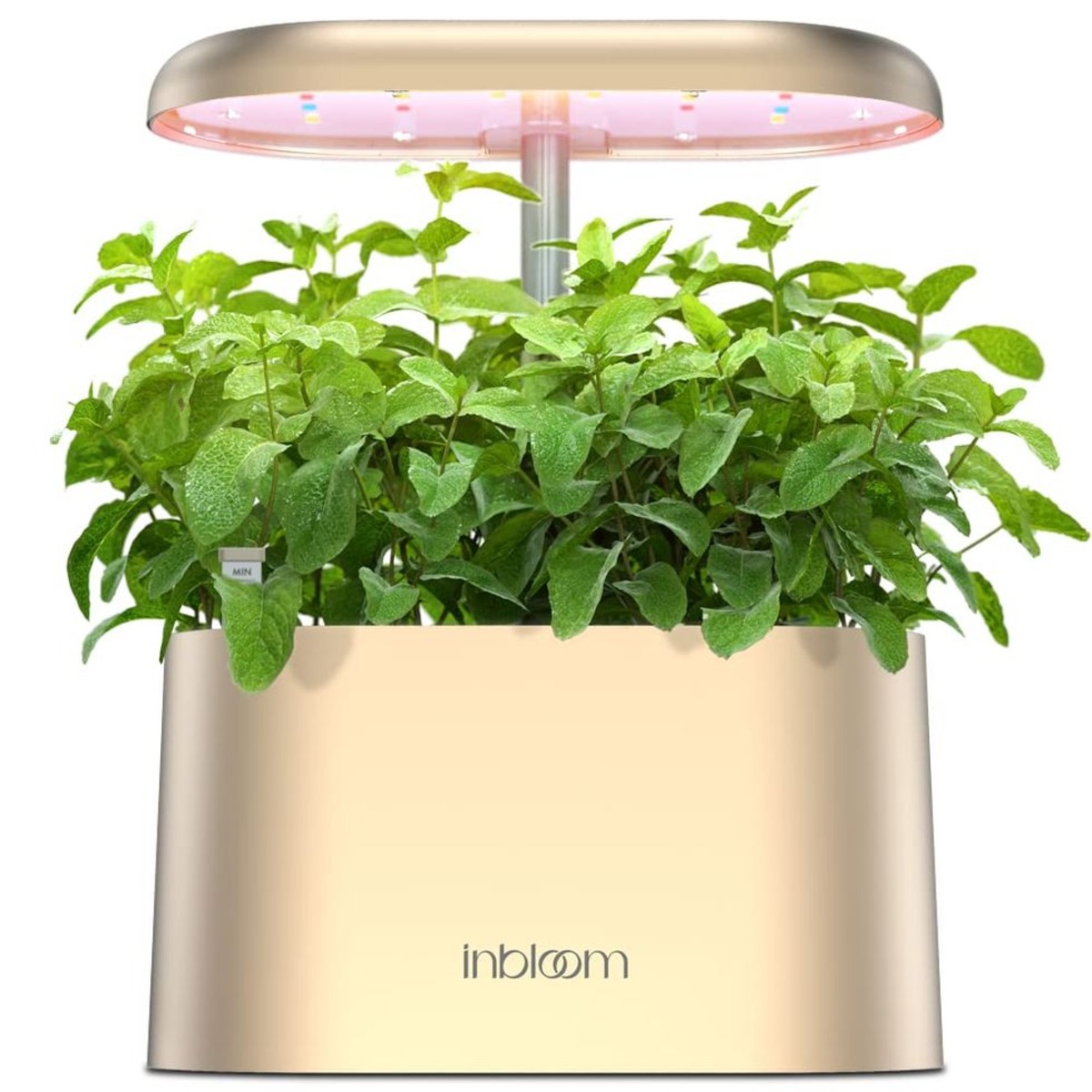

0 thoughts on “How To Begin Indoor Gardening”